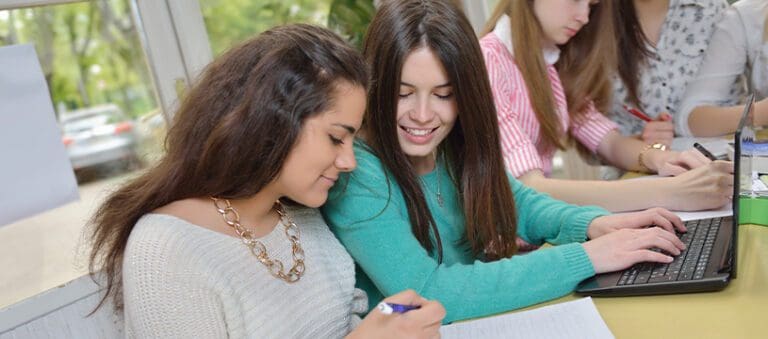We spend a lot of time thinking in terms of how to make academic material more interesting and compelling. Our concern is reaching and influencing a class, but we are really teaching individual students in every class. In truth, the more we think about each student in the class, the more effective we will be. When we don’t think about and plan to reach and teach each student, we can expect individuals to tune out rather than choose to tune in and take full advantage of our teaching. Remember, we influence one student at a time. We reach one student at a time—while we are teaching all of them in a class at the same time. Fortunately, there are six strategies we can use to entice students into the lesson we want them to learn.
The first strategy is using your belief in the importance of today’s lesson—along with your promise regarding how important it will be to them. You can count on the fact that many of your students will be influenced by your opinion and recommendation. You can even say this is one of those lessons which you believe they can’t miss. Your promise can be to help all of them learn this material—so follow through when you finish this lesson to make sure they do.
Second is the strategy of using a success story of past students that will appeal to individual students in your class today. Simply use the success a former student reached regarding a lesson you are teaching today—and how it “changed everything” for him or her, gave the student a new perspective, or led to another achievement or to another opportunity—such as college or a job.
Third is telling students what you’re going to teach them and ending with telling students what they learned—and reminding them that nobody can take away what they have learned. This “exactly how much they learned” subject is one students love to talk about. This strategy can be used quickly and in one sentence or at length. Tell students, “You will learn six important things by completing this assignment.” In every class, you’ll find individual students who are really inspired by the approach of “how much, how vital, and how valuable the learning is” as motivators.
Fourth is the personal satisfaction they will get from doing the work. It is one of your most powerful strategies for enticing students to learn. This includes being ready to focus and persist as well as do what comes next in their learning. There is nothing that builds more confidence than getting prepared and meeting the next challenge.
Fifth is instilling your confidence in their ability to do the work and learn. One of the best strategies is to appeal to student’s strengths, which includes focusing on their talents and potential, ability, and achievement. This means pulling students into your orbit. This strategy is always enhanced by revealing abilities you see in students that they don’t see in themselves. Never forget the power of your high expectations. Remember, students are always more likely to be and do what you expect of them—and you can’t entice them with doubts.
Sixth is the vitally and all important “How to.” This includes clear, concise, and complete instructions regarding how to do the assignment successfully. Remember, if any student doesn’t know how to meet your expectations, he or she will not be able to do the work and be successful—even if he or she wants to do so. Therefore, think about each student and decide what clarity you need to bring before starting. What fears do you have to quell? What questions do you need to answer? What problems or challenges need to be addressed? Above all, what encouragement and reassurance needs to be given? Who will need the extra clarity or the promise of help before starting to say “yes” to your urging?
We need to work hard to influence students to want to do what they need to do to learn and be ready for a richer and more rewarding life. And we can do it with more and more enticing strategies to get students focused and wanting to learn.
These are the actions that make lessons seem tailored to meet students’ individual needs. Make no mistake: When our lessons answer the question “What’s in this learning for me?” our lessons will get the attention of our students and their desire to learn.



